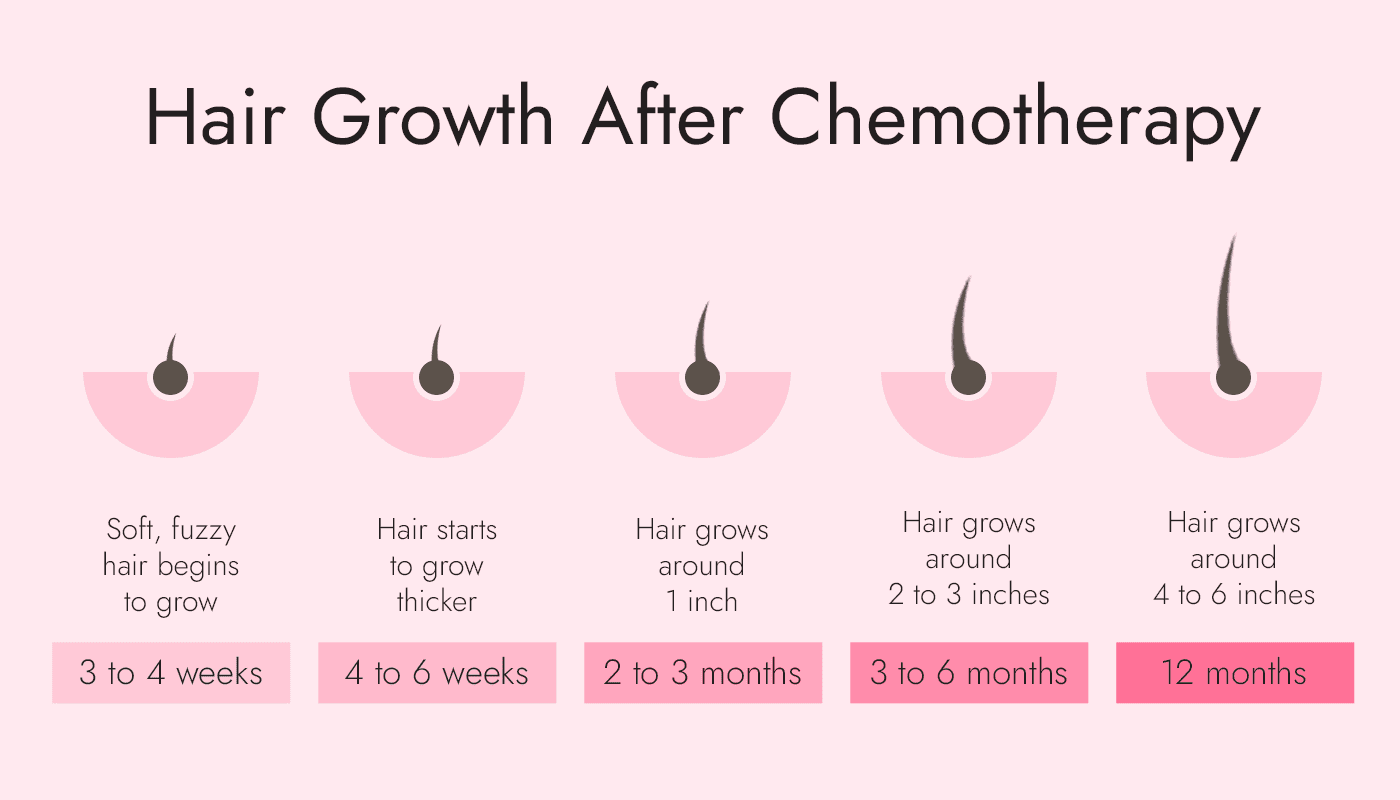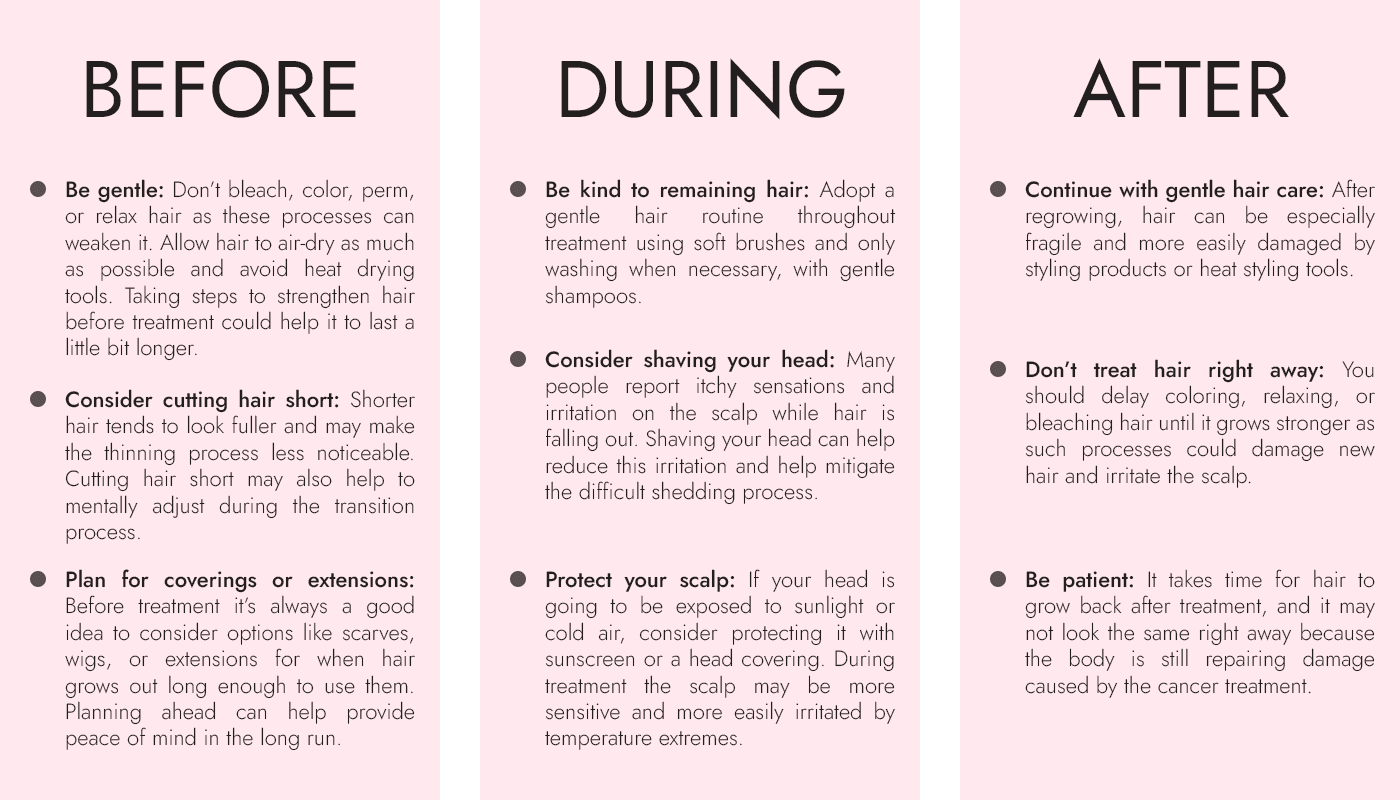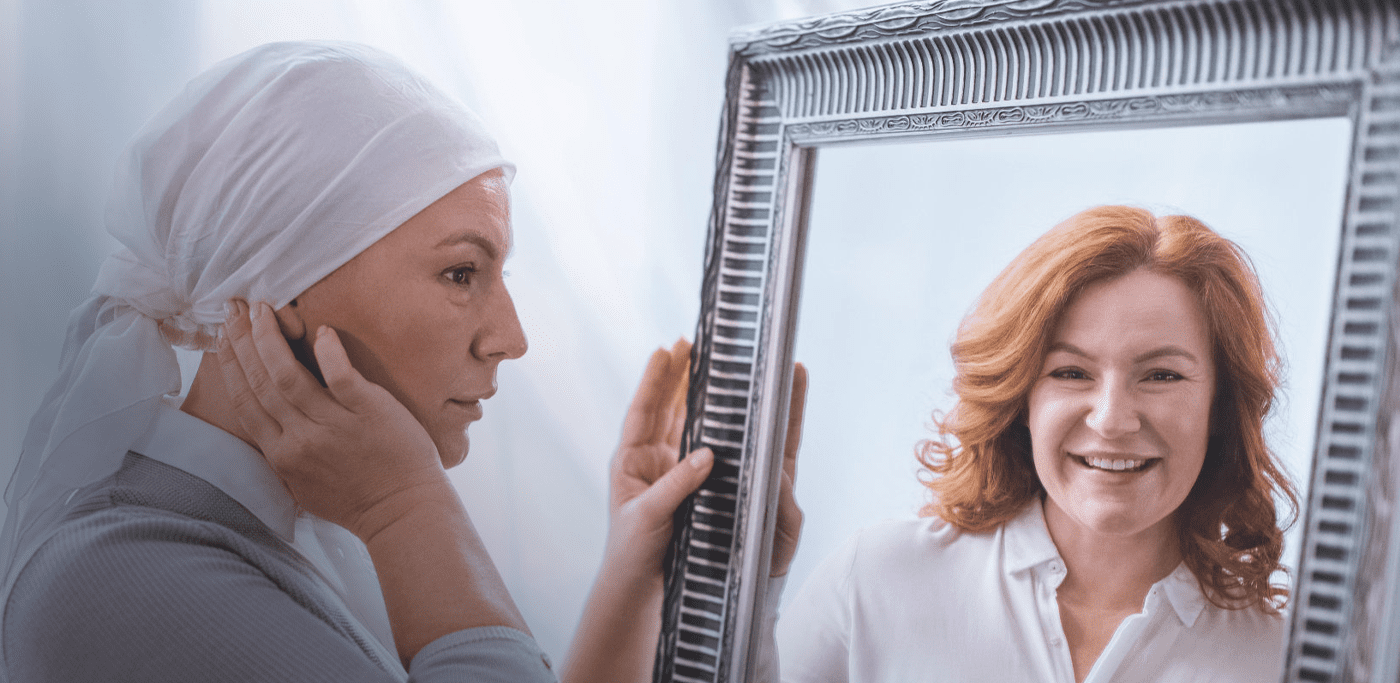Breast Cancer, Female Hair Loss, Hair Care
The Science Behind Chemotherapy and Hair Loss – What To Do Before, During, and After
It is a well known fact that chemotherapy treatment causes hair loss, but why? What causes hair loss during treatment? What can be done about it? What are the best steps to take before, during, and after treatment to take care of hair? This information may be helpful for you or a loved one going through chemotherapy treatment:
WHY DOES CHEMOTHERAPY CAUSE HAIR LOSS?
Chemotherapy utilizes powerful medicines that attack fast-growing cells such cancer cells. As a result, the medicines target hair follicles because they too are fast-growing cells. Such medicines cannot distinguish cancer cells from other fast-growing cells, so hair follicles are also affected.
The hair-thinning results of chemotherapy are not limited to the scalp but may occur all over the body. Sometimes people may lose eyelashes, armpit, and other hair. Different classes of chemotherapy medications are more likely to cause hair loss than others and different doses can cause anything from slight thinning to complete loss of hair.
HOW FAST DOES HAIR LOSS OCCUR DURING CHEMOTHERAPY?
Most patients can expect hair loss to begin two to four weeks after treatment begins. The rate of hair loss varies and can be gradual or quickly, in clumps. One might notice hair on their pillow, in their hairbrush, or in the sink or shower drain. Tenderness of the scalp may also occur.
The process of hair loss usually persists throughout treatment and up to a few weeks after treatment ends. The result varies from person to person and from treatment to treatment. It is important to discuss treatment and side effects with healthcare professionals to know what to expect during the process.
WHEN DOES HAIR GROW BACK FOLLOWING CHEMOTHERAPY?
In many cases hair begins to regrow after two to three weeks, and most people can expect to have a fuller head of hair after three to six months. For some people, hair may be a slightly different texture and/or color from what they’re used to as it begins to regrow. These changes are usually temporary, and hair usually reverts to normal as the cells fully recover from the shock of treatment.

WHAT TO DO BEFORE, DURING, AND AFTER CHEMOTHERAPY
There are things that can be done before, during, and after the chemotherapy process to help protect hair, but bear in mind that these will not prevent hair loss.

TREATMENT CLASSES AND HAIR LOSS RATES
There are four major classes of chemotherapy drugs, and each class has a different risk of hair loss. Some combinations of these drugs typically cause higher and more severe rates of hair loss. Because not all cancer treatments work for various types of cancer, it’s important that you talk to your healthcare professional about the risks of hair loss for your necessary treatment.
- Antimicrotubule Agents (also known as plant alkaloids) are used to treat a wide variety of different cancers. Over 80% of patients using drugs of this class experience thinning hair.
- Topoisomerase Inhibitors are also used to treat a wide variety of cancers. Over 60% of patients using drugs of this class experience thinning hair.
- Alkylating Agents are used on a wide variety of cancers but do not work on specific cancer cell phases. Over 60% of patients using drugs of this class experience thinning hair.
- Antimetabolites treat a small variety of cancers including breast cancer, intestinal tract cancer, and ovarian cancer. 10-50% of patients using drugs of this class experience thinning hair.


